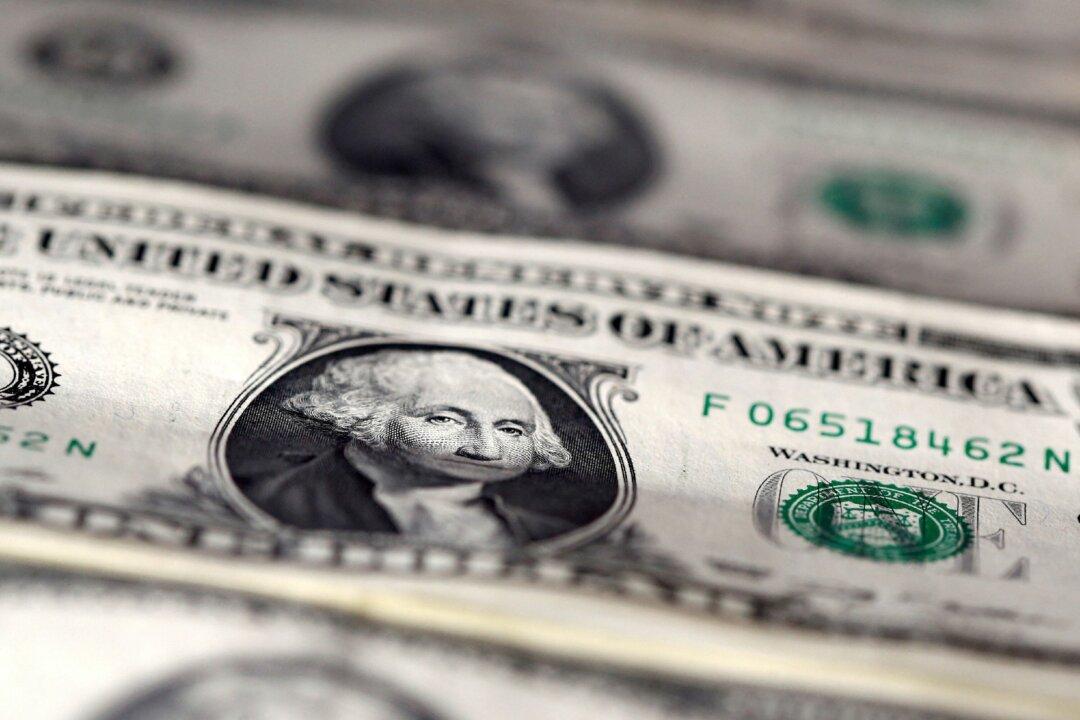LONDON—The dollar eased on Friday, but was still headed for its largest weekly gain in a month, after Federal Reserve officials reiterated their commitment to raising U.S. interest rates more than markets currently anticipate.
It fell against the pound, which edged higher after a volatile session on Thursday following Britain’s budget for tax rises and spending cuts.





